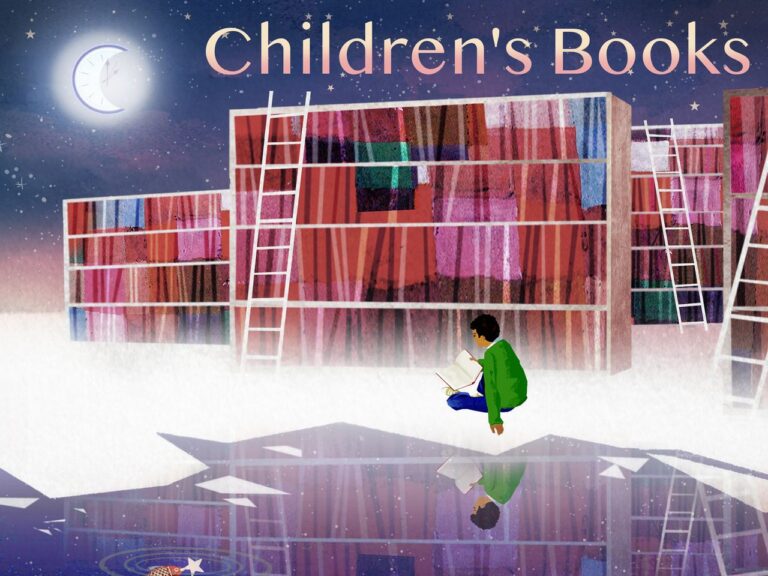
Contents
Writing a children’s storybook is a unique and rewarding experience. Unlike adult fiction, children’s books require a special touch, blending captivating storytelling with engaging illustrations. Crafting an unforgettable children’s story involves several key elements that work together to create a memorable and impactful reading experience for young minds. Whether it’s a whimsical adventure, a heartwarming tale of friendship, or a thrilling mystery, every thriller story book aims to captivate and inspire young readers, sparking their imaginations and instilling a lifelong love of reading.
1. Engaging Characters
The heart of any great children’s story is its characters. Children connect with characters who are relatable, inspiring, and sometimes even magical. Protagonists should face challenges that resonate with young readers, allowing them to empathize and learn valuable life lessons. Whether it’s a brave adventurer, a mischievous animal, or a whimsical creature, memorable characters are essential for capturing children’s imaginations.
2. Compelling Narrative
A compelling narrative is crucial for holding children’s attention from beginning to end. The story should have a clear beginning, middle, and end, with a well-paced plot that keeps readers eager to turn the page. Incorporating elements of suspense, humor, and adventure can make the narrative more engaging and enjoyable for young readers.
3. Vibrant Illustrations
Illustrations play a vital role in children’s books, bringing the story to life in a visual way. Colorful and expressive illustrations can enhance the reading experience, helping children to visualize the characters and settings described in the text. The illustrations should complement the story, adding depth and dimension to the narrative.
4. Simple Language and Clear Themes
Children’s books should use language that is age-appropriate and easy to understand. The themes of the story should also be clear and relatable to young readers, addressing topics such as friendship, courage, and imagination. Complex ideas should be presented in a way that is accessible and engaging for children.
5. Interactive Elements
Interactive elements, such as lift-the-flap pages, pop-up illustrations, or interactive puzzles, can make children’s books more engaging and interactive. These elements encourage children to actively participate in the reading experience, making the story more memorable and enjoyable.
6. Moral and Educational Value
Many children’s books convey important moral and educational messages. Whether it’s teaching the value of kindness, the importance of perseverance, or the wonders of the natural world, children’s stories can have a profound impact on young readers. Incorporating these values into the narrative can make the story more meaningful and memorable.
7. Emotional Resonance
Children’s books that evoke strong emotions, such as joy, sadness, or empathy, can leave a lasting impression on young readers. By creating characters and situations that resonate emotionally, authors can help children develop empathy and emotional intelligence.
8. Memorable Endings
A memorable ending is essential for a children’s storybook. Whether it’s a heartwarming conclusion, a surprising twist, or a satisfying resolution, the ending should leave a lasting impression on young readers. A good ending can make the story more memorable and encourage children to revisit it again and again.
Conclusion,
Creating an unforgettable children’s storybook requires a combination of engaging characters, a compelling narrative, vibrant illustrations, and clear themes. By incorporating these key elements into their stories, authors can create books that captivate young readers and leave a lasting impact on their imaginations.